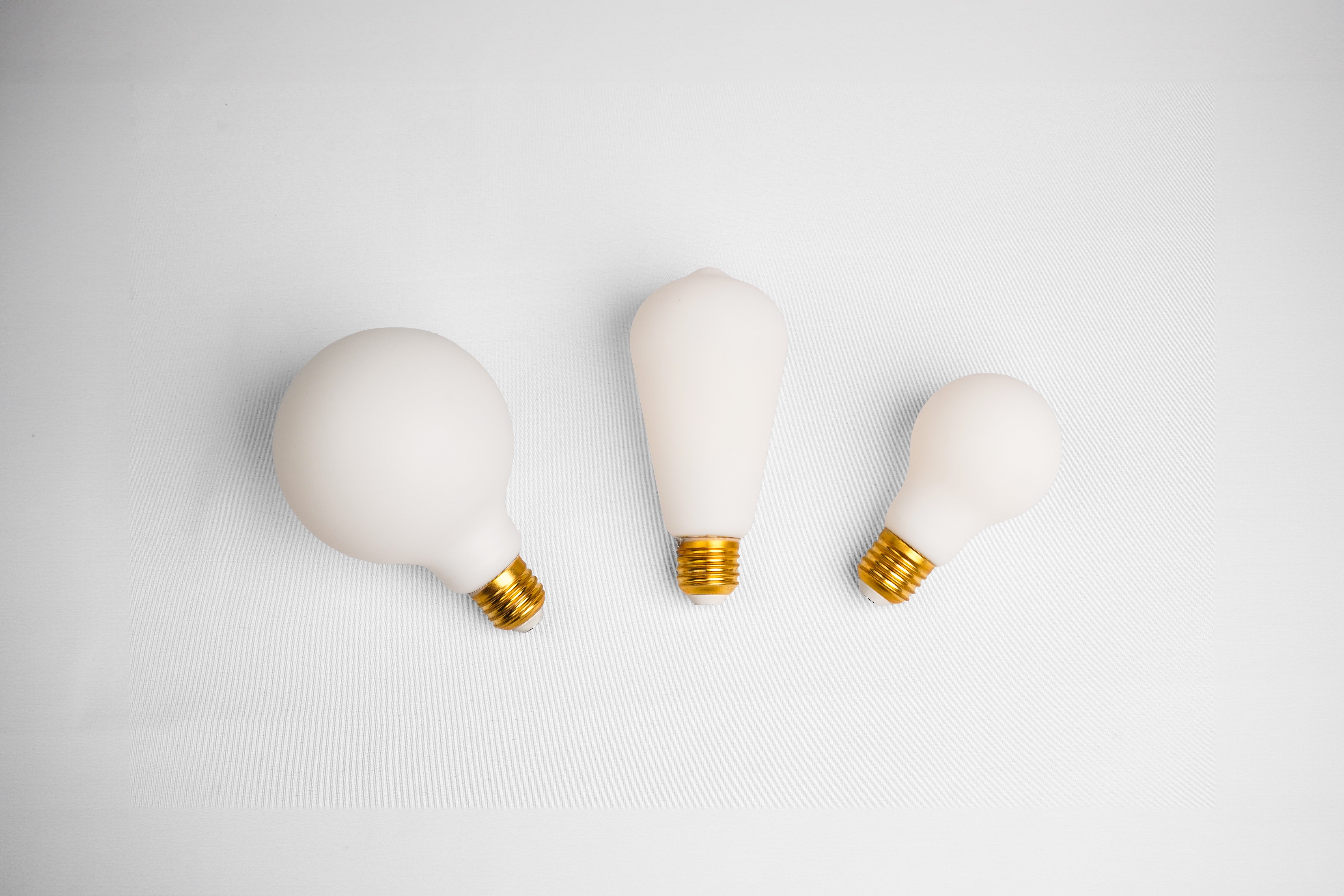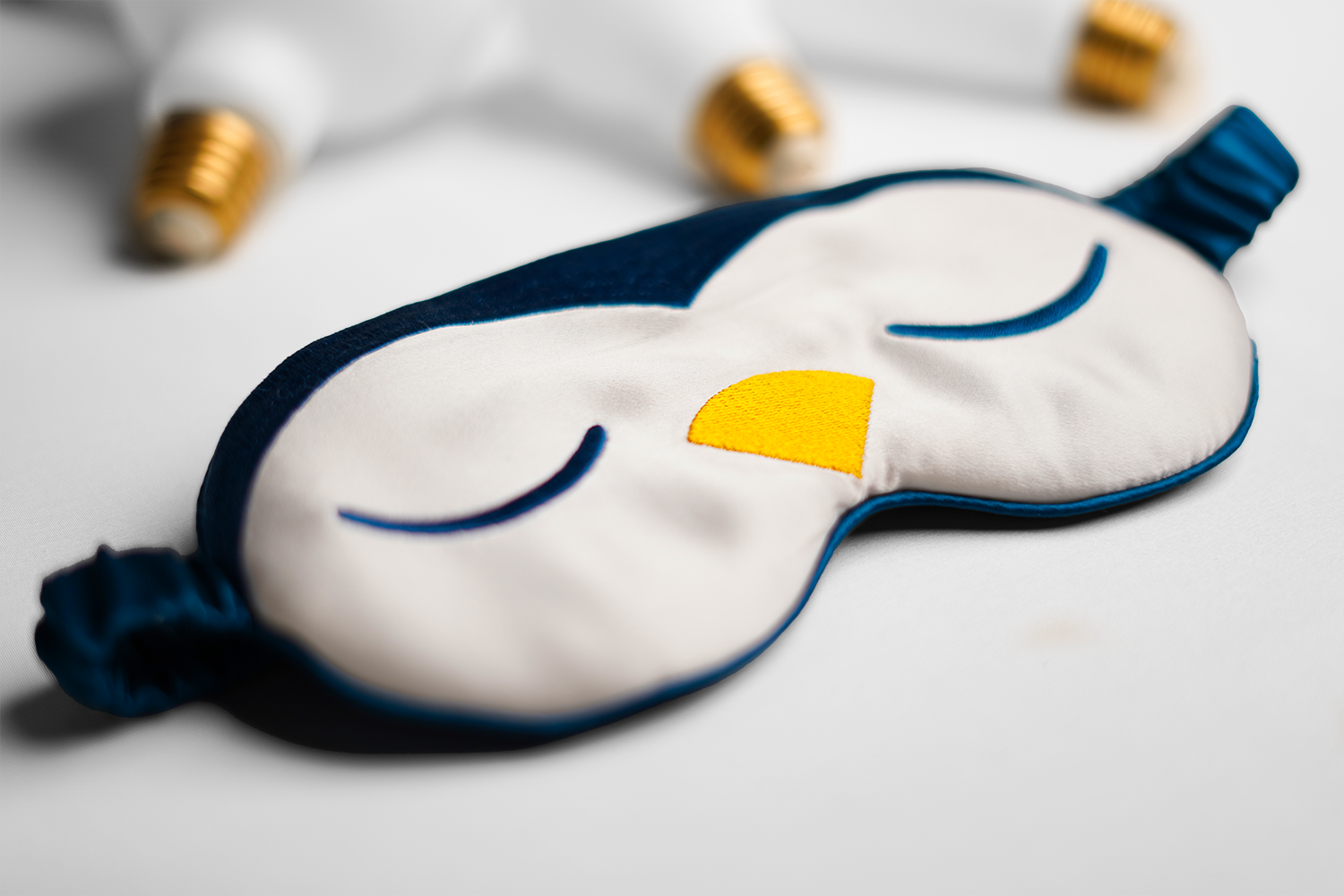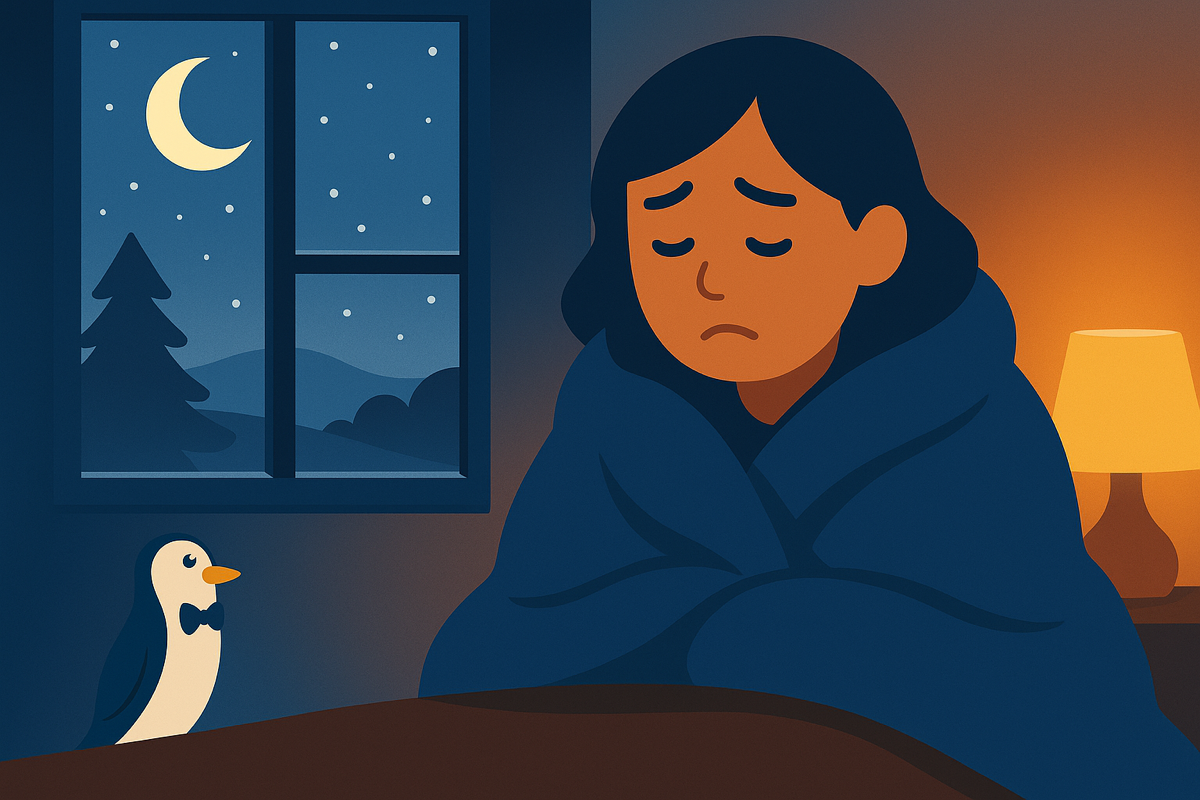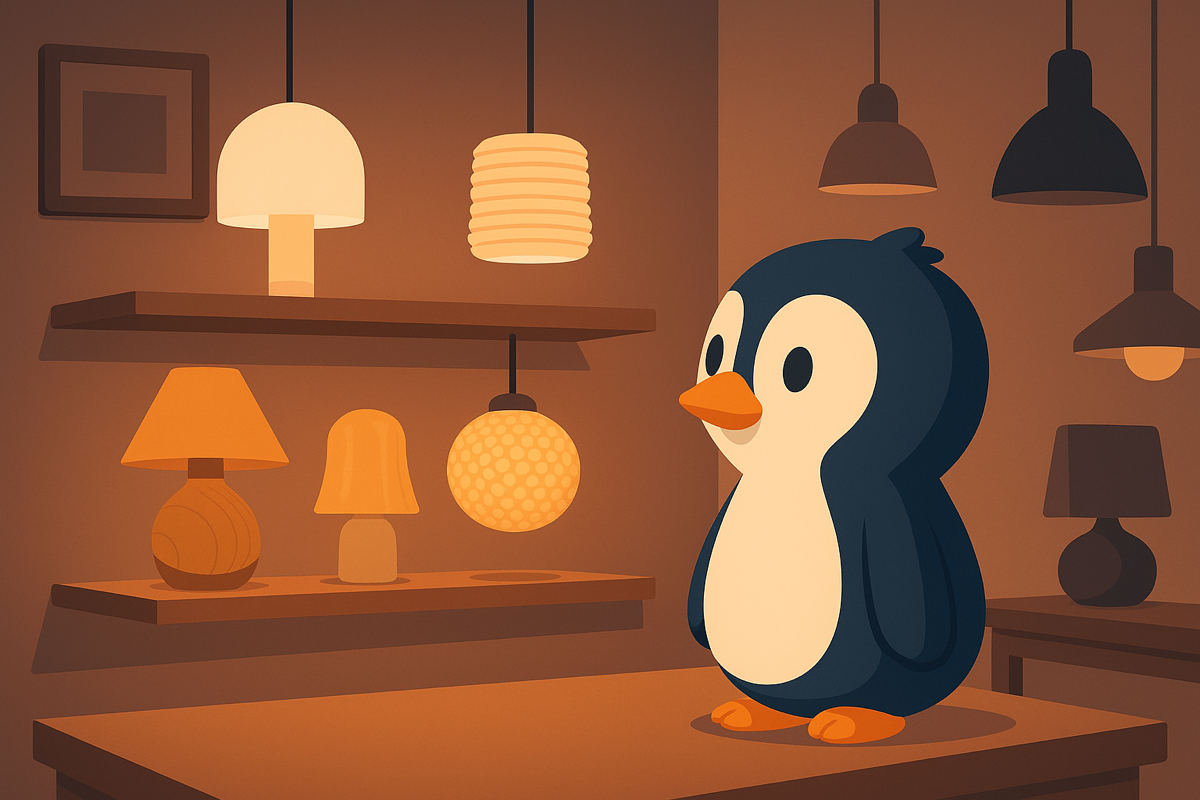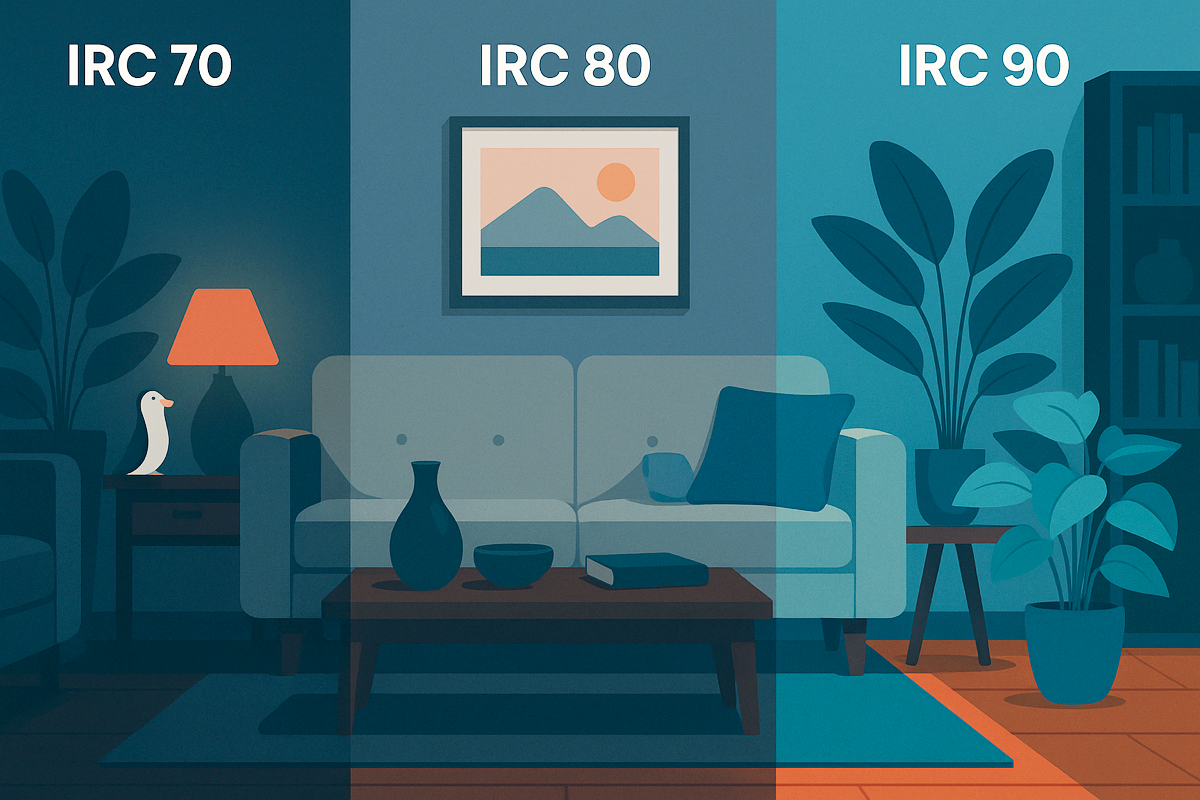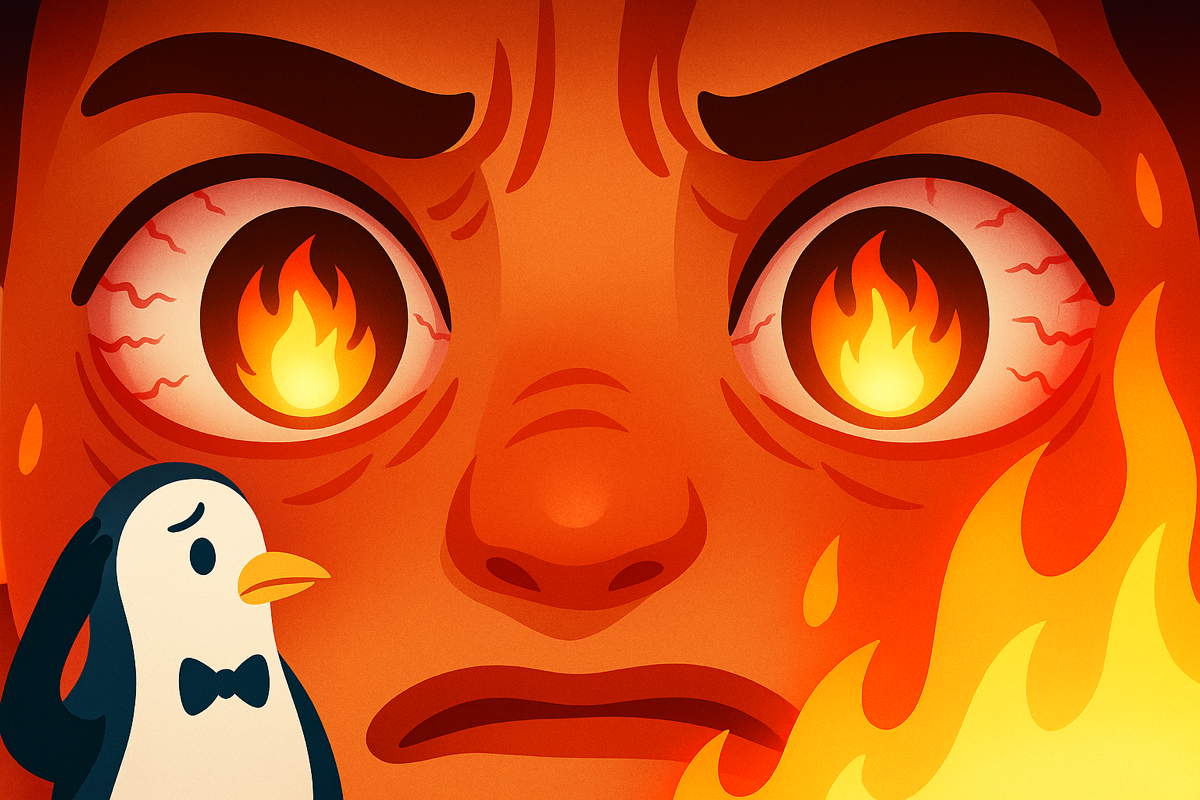Reading time: 6 min
In short:
Fatigue, gloomy mood, loss of momentum? Winter isn't just a cold season. It's often a warning sign. Light plays a key role in our mental well-being, and its absence throws everything out of sync. Fortunately, there are things we can do.
📌 Summary
1. Winter, a real biological challenge
When the days get shorter, it's not just our mood that plummets. Our entire internal system slows down. The brain produces more melatonin (the sleep hormone) and less serotonin (the feel-good hormone). The result: we feel more tired, more irritable, and less motivated. This is what we call seasonal depression, or more scientifically, seasonal affective disorder (SAD).
This disorder affects 1 in 10 people to varying degrees. And yet, it's still little recognized. It's often attributed to stress or temporary fatigue. But it's actually light—or the lack of it—that acts as the trigger. The body loses its bearings. It thinks the day hasn't even begun. It remains in sleep mode. And this continuous false sleep ends up exhausting.
2. The underestimated role of light
Light isn't just for seeing clearly. It's a powerful biological signal. In the morning, a strong, blue light cuts off melatonin and stimulates alertness. Without it, the brain remains numb. In winter, this signal is absent or delayed. We wake up in the dark, we work under flat fluorescent lights, we hardly go outside. The circadian cycle is disrupted, and with it, mood, concentration, and sleep.
The studies are clear: insufficient exposure to daylight increases the risk of anxiety disorders, chronic fatigue, and winter depression. The body needs at least 30 minutes of natural light in the morning. Otherwise, it thinks it's still deep in the night. And this simple mismatch disrupts the entire autonomic nervous system.
3. What circadian light does
Circadian lighting is designed to fill this gap. It mimics the natural cycle of daylight, adapting temperature and intensity according to the time of day. In the morning, it gently stimulates awakening. In the evening, it helps you relax. Unlike a harsh light therapy lamp, it gently respects your biological rhythm.
At Laqi, the bulbs automatically adapt thanks to a central sensor: the Egg. They know when to increase stimulation or when to calm it down. They help you find a clear rhythm, even in the middle of November. The result: deeper sleep, a more stable mood, and restored natural energy.
🎥 Origin of blisters and impact on sleep
How to regain momentum
There's no magic light. But there is a logical light. Here's how to give your body its bearings in winter:
- Expose yourself to dynamic light first thing in the morning
- Reduce excessively blue lights in the evening
The Laqi Kit allows you to recreate a complete cycle at home. Paired with a Circadian Night Mask , it provides a smooth transition between restorative darkness and revitalizing light.
💬 FAQ
What is the difference with light therapy?
Light therapy is occasional and often brutal. Circadian lighting is integrated into daily life without forcing it.
Is everyone affected?
Yes. Even without visible disturbances, a lack of light impacts mood, sleep, and concentration.
Should this be installed throughout the house?
No. Start with the room where you spend your evenings or mornings. The effect is already very clear.
What if you finally brightened up your winters?
Winter doesn't have to be a descent. It can once again become a season of grounding, of gentle energy. All it takes is a clear signal. Light is that signal.

